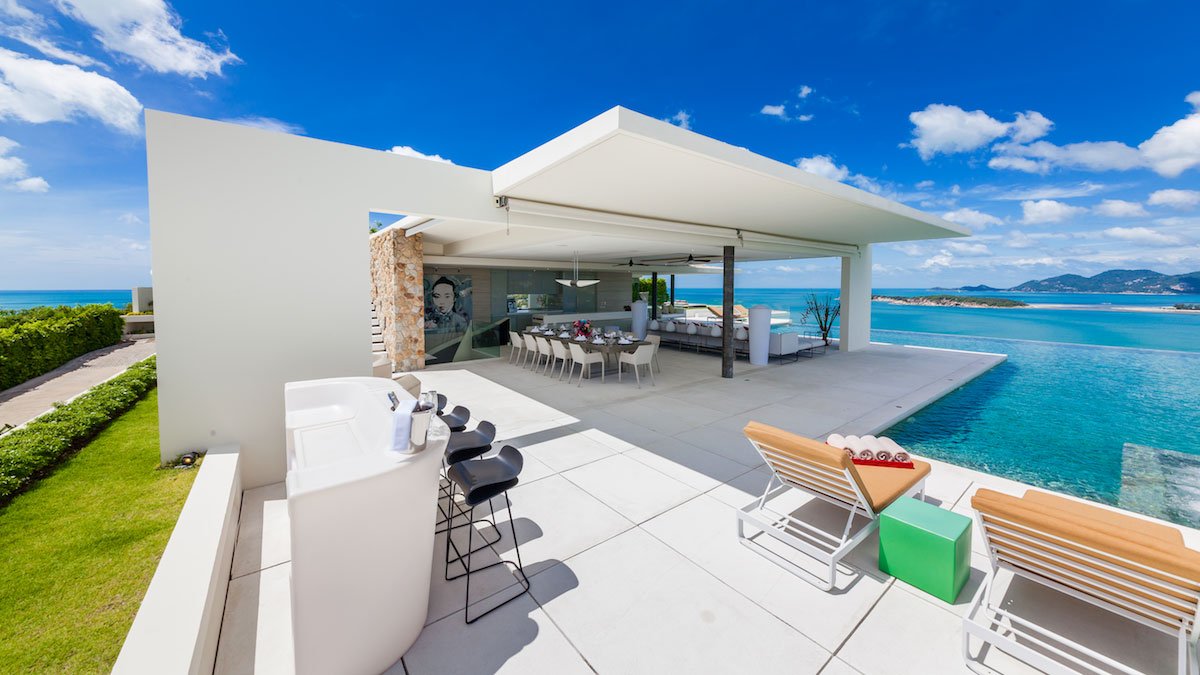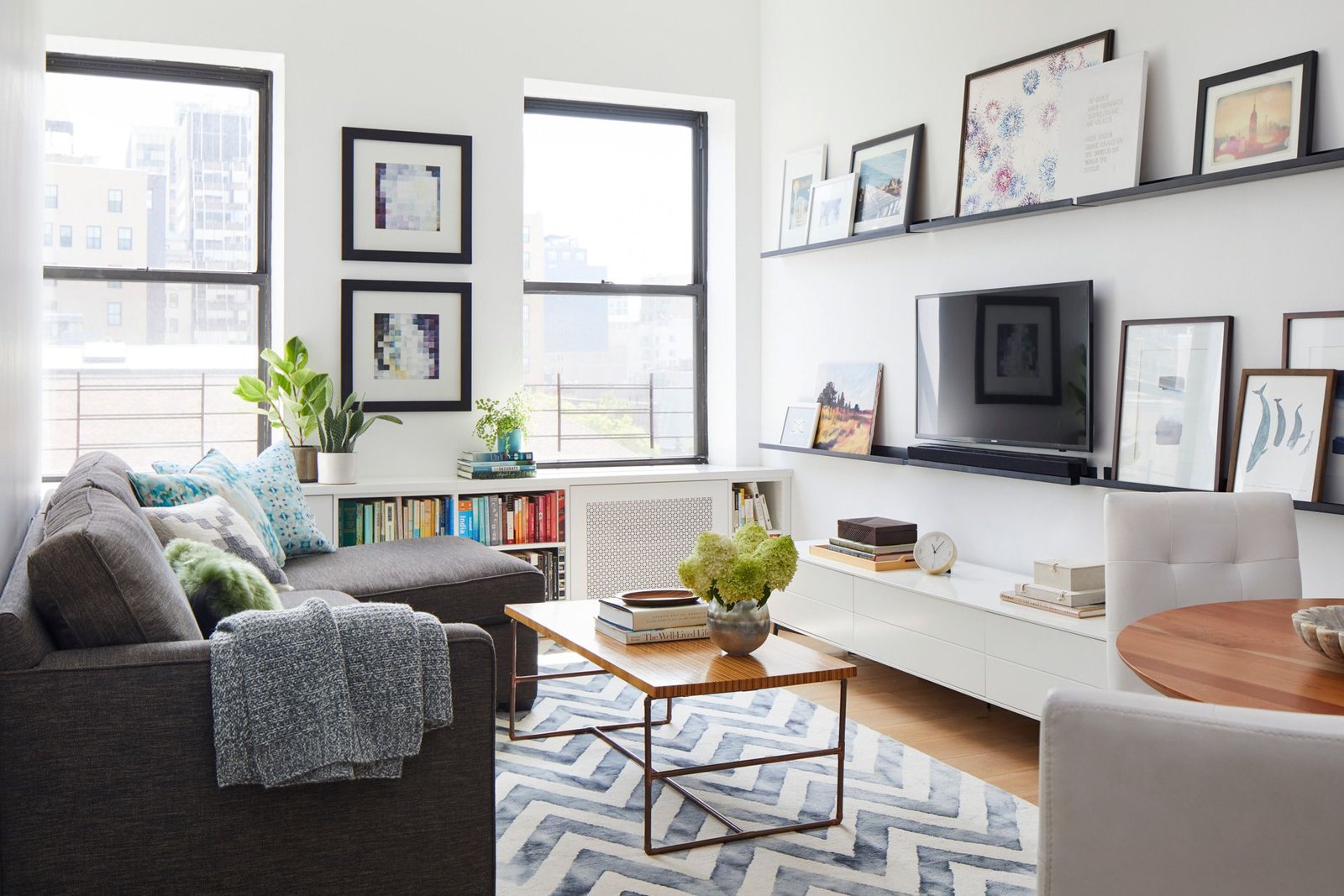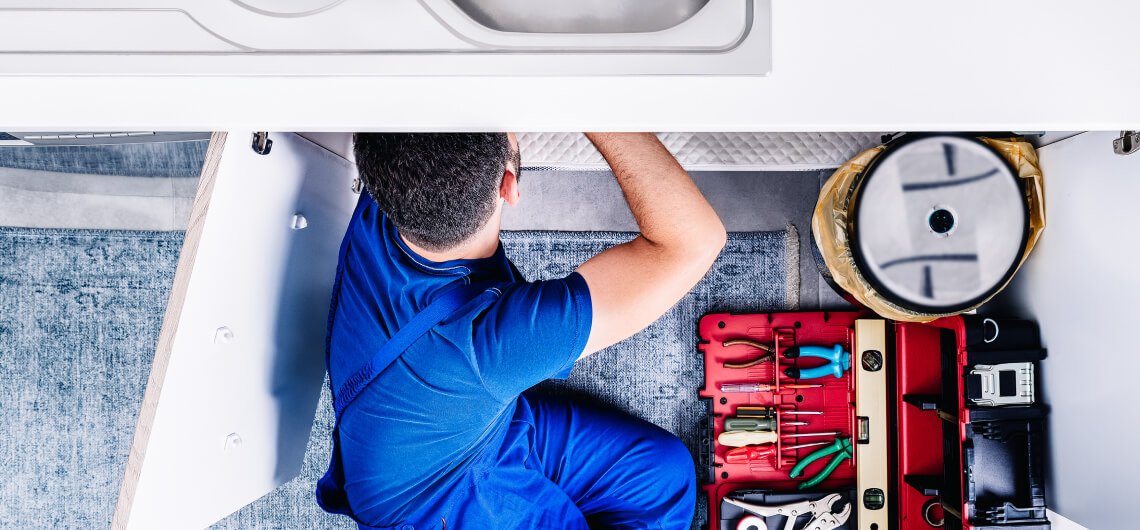Designing apartments for multi-generational living is becoming increasingly important as families look to stay connected while maintaining privacy. Creating spaces that accommodate different age groups can enhance family bonds and improve overall quality of life. In this article, we’ll explore effective ways to design apartments for multi-generational living.
Designing Apartments for Multi-Generational Living
1. Open Layouts for Shared Spaces
One of the key features of apartments for multi-generational living is an open layout. Open floor plans allow families to spend time together while engaging in different activities. For example, a spacious living area can connect the kitchen and dining space, making it easy to interact while cooking or entertaining.

When designing these areas, focus on comfortable seating arrangements that cater to all ages. Include flexible furniture options, such as a large dining table for family gatherings or cozy seating for relaxed conversations. An open layout fosters connection, making it a vital aspect of multi-generational apartment design.
2. Private Areas for Personal Space
While open layouts encourage interaction, it is equally important to create private areas for personal space. Each generation needs a retreat to unwind and recharge. Consider designing separate bedrooms with en-suite bathrooms or even mini-suites for grandparents or adult children.
Using soundproof materials can enhance privacy between these spaces. Additionally, incorporate personal touches in each room, such as family photos or favourite colours, to make them feel more like home. Balancing shared and private areas is crucial in apartments for multi-generational living.
3. Accessible Design Features
When designing apartments for multi-generational living, accessibility is key. This is especially important for elderly family members who may have mobility challenges. Incorporate features like wide doorways, step-free entrances, and grab bars in bathrooms to make the space more accessible.
Consider installing elevators in multi-story apartments to ensure everyone can easily navigate the building. Accessible design promotes independence for all family members, making daily activities easier and safer.
4. Functional Kitchen Spaces
Kitchens are often the heart of the home, and in apartments for multi-generational living, they should be designed with functionality in mind. Create ample counter space for cooking and food prep, allowing multiple family members to participate in meal preparation.
Incorporate modern appliances that are easy to use and clean. Consider installing a large island that can serve as a dining area and a workspace. This encourages family members to gather and share meals, fostering connection.
5. Flexible Living Spaces
Flexibility is crucial when designing apartments for multi-generational living. Consider including multi-purpose rooms that can adapt to different needs. For example, a den can serve as a guest room, a playroom, or a home office, depending on the family’s requirements.
Using modular furniture, such as sofa beds or foldable tables, can maximize space and functionality. This flexibility allows families to adjust their living arrangements as needs change over time, making the apartment more versatile.
6. Outdoor Spaces for Relaxation
Incorporating outdoor spaces is another effective way to enhance apartments for multi-generational living. Balconies, terraces, or shared gardens provide areas for family members to enjoy fresh air and relax together.
Design these outdoor spaces with seating, greenery, and even cooking facilities like a grill. Outdoor areas can become extensions of the living space, encouraging family gatherings and activities. Creating inviting outdoor spaces enhances the overall living experience.
7. Community Amenities
When designing apartments for generational living, consider incorporating community amenities that cater to all age groups. This might include fitness centres, game rooms, or common areas for socializing. These amenities encourage interaction among residents and promote a sense of community.
Having shared spaces can also help family members meet neighbours, fostering friendships and support networks. When families feel connected to their community, they are more likely to thrive in their multi-generational living situation.
8. Emphasize Natural Light and Ventilation
Natural light plays a significant role in creating a pleasant living environment. When designing apartments for generational living, prioritize large windows and open spaces that allow for ample daylight. Natural light improves mood and creates a welcoming atmosphere.
Ensure proper ventilation to maintain a healthy living space. Cross-ventilation can help keep the apartment fresh and comfortable, especially during warmer months. This focus on light and air enhances the overall quality of life for all residents.
Conclusion
Designing apartments for multi-generational living requires careful consideration of shared and private spaces, accessibility, and functionality. Open layouts promote family interaction, while private areas provide personal retreats. Accessible design features ensure that everyone can navigate the space comfortably, and functional kitchens foster shared meal preparation. Flexibility, outdoor spaces, community amenities, and an emphasis on natural light further enhance the living experience. By implementing these strategies, you can create welcoming and inclusive apartments that accommodate the diverse needs of multi-generational families.











